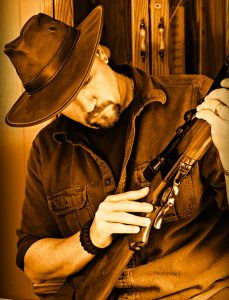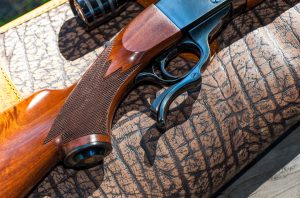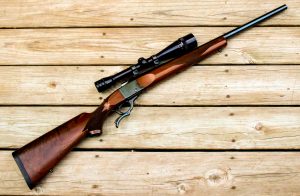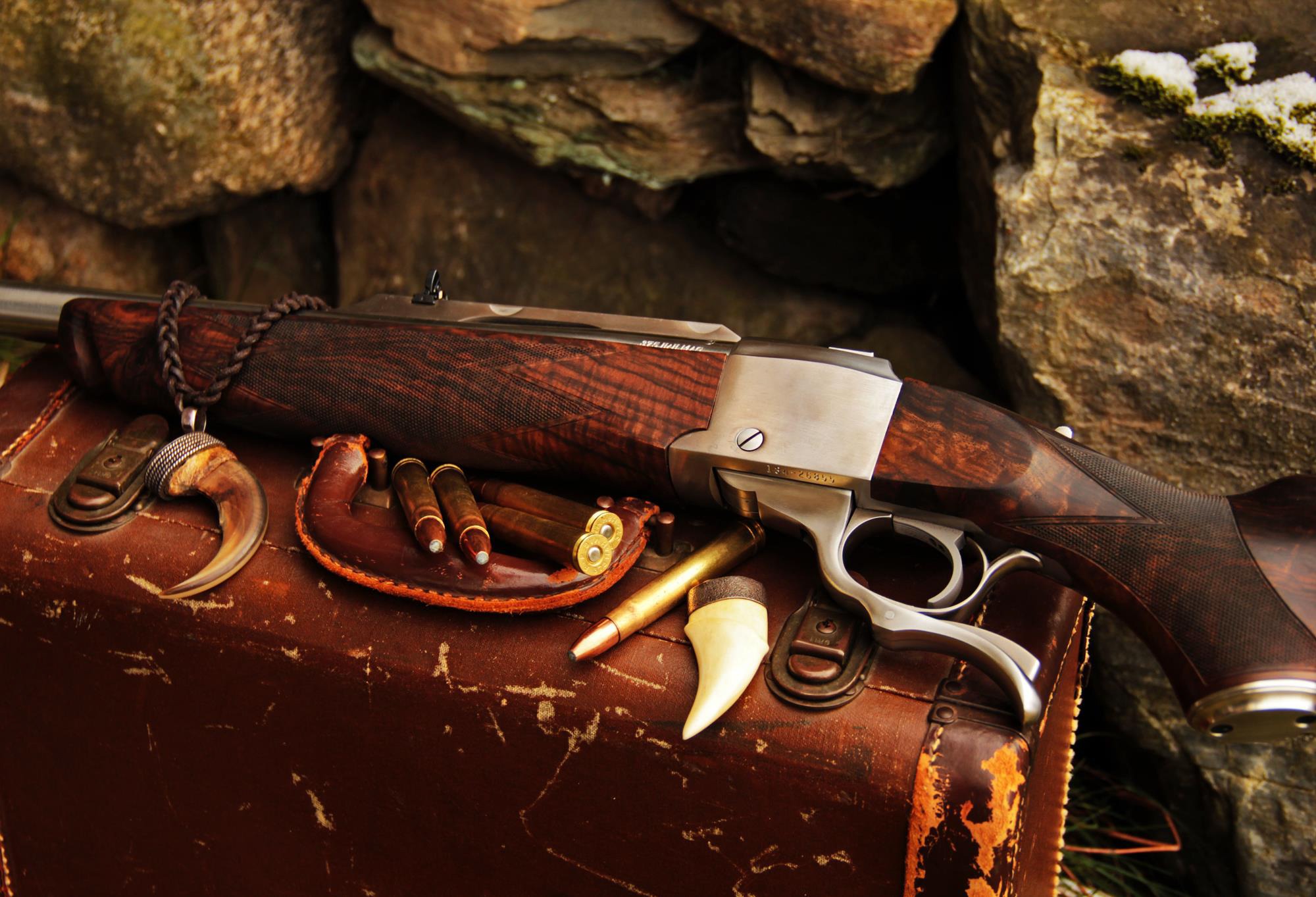
Until the advent of the repeating rifle, which had its earliest form in the lever-action guns often associated with the Old West, most rifles were manufactured as single-shots. Fire the rifle once, and then you had to manually reload it for each every shot thereafter. The double rifle (and shotgun) gave hunters and shooters a quick second shot, but—especially in the case of the double rifle—they were much more labor-intensive to manufacture, as well as to “regulate” properly, regulating being the part of the manufacturing process that allows two parallel barrels to strike the same point of impact.
Once the repeating rifle came onto the shooting market, they dominated sales, and with good reason: the lever, bolt, autoloader and pump guns gave hunters and shooters the ability to quickly put several rounds downrange with a minimum of effort. However, the repeater required many more moving parts, which naturally increased manufacturing costs. Their design also resulted in a longer firearm, due to the additional length of the receiver. Those who owned single-shot rifles either retired them in favor of the repeaters or quietly used them (with good effect) while receiving strange looks from those who’d embraced the repeating rifle. By the 1920s, the classic Remington, Ballard, Sharps, Farquharson and other famous single-shot rifles of the era had taken a back seat and were fading into obscurity.
That’s pretty much where it stayed, in obscurity, until 1967, when Sturm, Ruger & Co. announced the Ruger No. 1 rifle—Farquharson-style falling block action single-shot with clean lines and a classic look. In the late ’60s—an era when hunters and shooters had fully embraced the benefits of the bolt-action rifle—the introduction of a rifle styled in the fashion of a model from the late 19th century was a questionable move, but it was very well received and stays that way to this day.
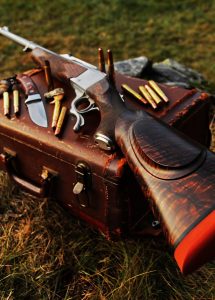
This special Ruger No. 1 wears a fancy walnut stock and stainless hardware. It is chambered in the big-bore .375 Holland & Holland round.
Without an exposed hammer for the user to cock, an under-lever surrounding the trigger handles the cocking of the rifle, as well as the opening of the chamber. A shotgun-style top tang safety is easily operated with the shooting hand thumb. One of the nicest features of the Ruger No. 1 is that it is ambidextrous, so the gun has a certain appeal to left-handed shooters who have a hard time operating rifles designed for righties. Having no receiver to speak of or a magazine, the Ruger No. 1 has a very nice balance and can utilize a longer barrel without feeling awkwardly long, as some bolt guns with long tubes can. The heavy-duty block that seals the breech could easily be described as “over-designed,” and it is able to withstand very high pressures. As a result, the Ruger No. 1 can handle the most powerful cartridges, such as those used on the largest and most dangerous game. Another benefit of the No. 1 is that cartridge design has no bearing on which cartridges work well within the action. For instance, bolt-action rifles generally don’t work well with rimmed cartridges, but that’s not the case with the No. 1. Whether rimmed, belted or rimless, the Ruger No. 1 single-shot will handle any cartridge design easily.
The original configuration of the No. 1 is a combination of blued steel and a two-piece walnut stock; however, there are models available fitted with laminated-wood stocks and stainless steel metal. Ruger adds a letter after the model number to classify the slight differences. The 1A is the light sporter with Alexander Henry fore-end and iron sights, while the 1B is the medium sporter with clean barrel, the 1S is the medium sporter and the 1H is the tropical model available in heavy calibers. Finally, the 1V is the varmint model with a heavy barrel, and the 1RSI is the international model and wears a full-length stock.
While repeating actions still sit firmly planted at the top of the heap when it comes to rifle popularity, the Ruger No. 1 has a huge following. There is a certain nostalgic appeal to having a rifle that possesses just one shot. It speaks to the marksman who wishes to hone his or her skills so that precision in shot placement takes precedence over firepower. While I use many types of rifles for my hunting, I enjoy using a single-shot from time to time; it somehow connects me to the way our forefathers hunted, and to me, that is the appeal of the Ruger No. 1.


